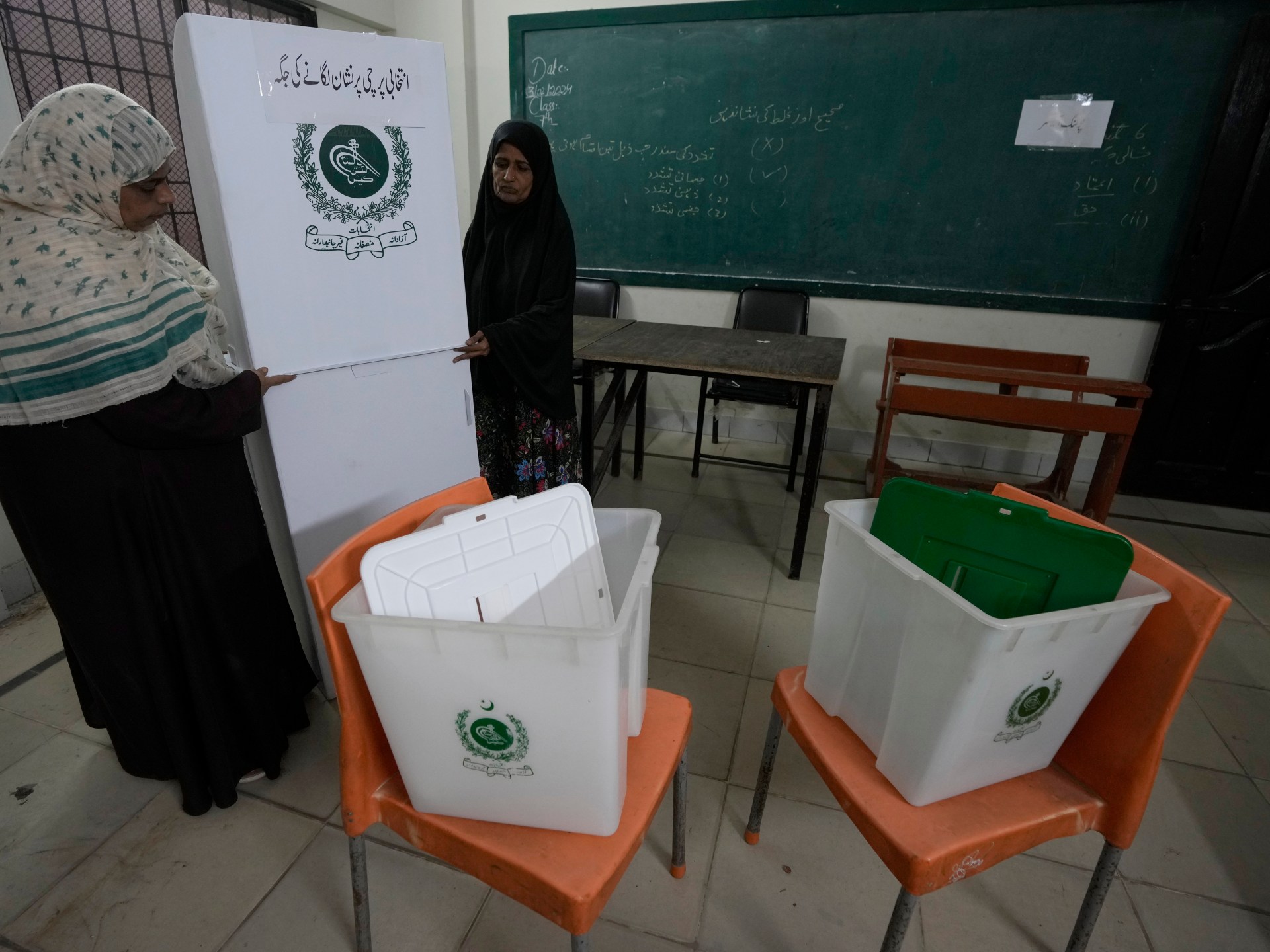‘All-out assault’ on rights, safety and dignity, says UN chief — Global Issues
“Tragically, it is also a problem that is growing worse – especially for women and girls, who represent the majority of detected trafficked persons globally”.
Separated and vulnerable
Conflicts, forced displacement, climate change, inequality and poverty, have left tens of millions of people around the world destitute, isolated and vulnerable.
And the COVID-19 pandemic has separated children and young people in general from their friends and peers, pushing them into spending more time alone and online.
“Human traffickers are taking advantage of these vulnerabilities, using sophisticated technology to identify, track, control and exploit victims,” explained the UN chief.
IOM Port of Spain
Venezuelan migrant Manuela Molina (not her real name) was promised a decent job in Trinidad, but minutes after her arrival she was forced into a van and taken to a secret location.
Cyber space trafficking
Often using the so-called “dark web”, online platforms allow criminals to recruit people with false promises.
And technology anonymously allows dangerous and degrading content that fuels human trafficking, including the sexual exploitation of children.
This year’s theme – Use and Abuse of Technology – reminds everyone that while it can enable human trafficking, technology can also be a critical tool in fighting it.
Join forces
The Secretary-General underscored the need for governments, businesses and civil society to invest in policies, laws and technology-based solutions that can identify and support victims, locate and punish perpetrators, and ensure a safe, open and secure internet.
“As part of 2023’s Summit of the Future, I have proposed a Global Digital Compact to rally the world around the need to bring good governance to the digital space,” he said, calling on the everyone to “give this issue the attention and action it deserves and work to end the scourge of human trafficking once and for all”.
Tech dangers
In her message for the day, the head of the UN Office on Drugs and Crime (UNODC), Ghada Waly, spoke more about the theme.
Acknowledging that digital technology has been “a vital lifeline” during pandemic restrictions, she warned that they are “being increasingly exploited by criminals”.
The borderless nature of information and communications technologies (ICT) enable traffickers to expand their reach and profits with even greater impunity.
More than 60 per cent of known human trafficking victims over the last 15 years have been women and girls, most of them trafficked for sexual exploitation.
And as conflicts and crises increase misery, countless others are in danger of being targeted with false promises of opportunities, jobs, and a better life.
Safeguard online spaces
To protect people, digital spaces must be shielded from criminal abuse by harnessing technologies for good.
“Partnerships with tech companies and the private sector can keep traffickers from preying on the vulnerable and stop the circulation of online content that amplifies the suffering of trafficking victims,” said Ms. Waly.
With the right support, law enforcement can use artificial intelligence, data mining and other tools to detect and investigate trafficking networks.
“On this World Day Against Trafficking in Persons, let us commit to preventing online exploitation and promoting the power of tech to better protect children, women and men, and support victims”, she concluded.
Trafficking in conflict
A group of UN-appointed independent human rights experts underscored that the international community must “strengthen prevention and accountability for trafficking in persons in conflict situations”.
Women and girls, particularly those who are displaced, are disproportionately affected by trafficking in persons for the purpose of sexual exploitation, forced and child marriage, forced labour and domestic servitude.
“These risks of exploitation, occurring in times of crisis, are not new. They are linked to and stem from existing, structural inequalities, often based on intersectional identities, gender-based discrimination and violence, racism, poverty and weaknesses in child protection systems,” the experts said.
Structural inequalities
Refugees, migrants, internally displaced and Stateless persons are particularly at risk of attacks and abductions that lead to trafficking.
And the dangers are increased by continued restrictions on protection and assistance, limited resettlement and family reunification, inadequate labour safeguards and restrictive migration policies.
“Such structural inequalities are exacerbated in the periods before, during and after conflicts, and disproportionately affect children”, they added.
Targeting schools
Despite links between armed group activities and human trafficking – particularly targeting children – accountability “remains low and prevention is weak,” according to the UN experts.
Child trafficking – with schools often targeted – is “linked to the grave violations against children in situations of armed conflict, including recruitment and use, abductions and sexual violence,” they said.
“Sexual violence against children persists, and often leads to trafficking for purposes of sexual exploitation, sexual slavery, forced pregnancy and forced marriage, as well as forced labour and domestic servitude”.
Check out our Latest News and Follow us at Facebook
Original Source






